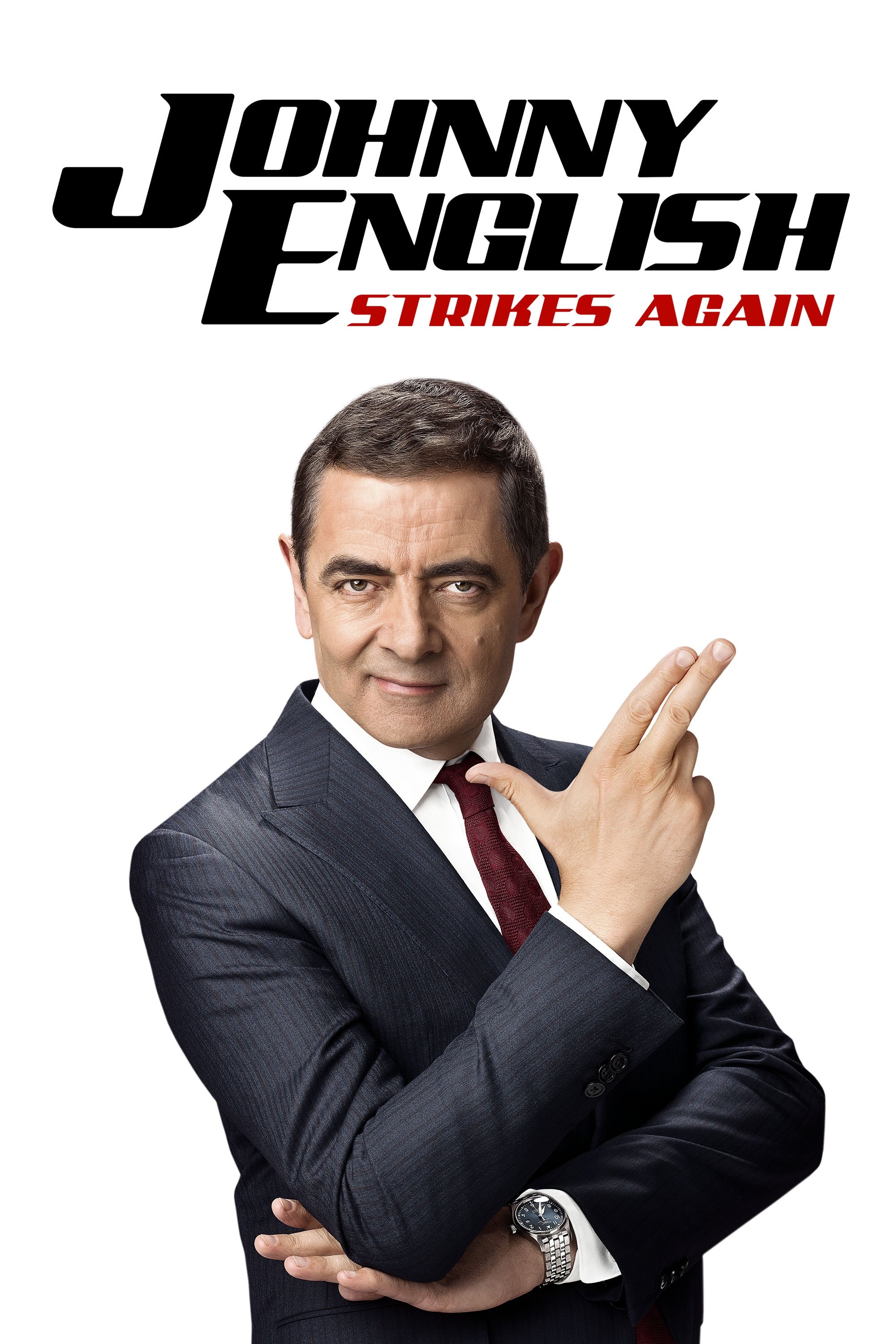

In March, Wilson made this law possible and then again in November the 3 strikes law got placed on ballot. Tom Wilson was running against Kathy Brown at the time. Mike Reynolds wanted to place the law back up and have it redefined. That same year in Petaluma, Polly Klass who was 12 years old was kidnapped from her home and killed. Reynolds went to the secretary of state and thus the three strikes law was created and became affective on March of 1994. In 1992, gang members who were trying to steal a bag shot Mike Reynolds’s daughter, Kimber Reynolds.

It began in Fresno, California where there were two groups of gangs. Sajad went on to tell us about how the 3 strikes law came to be. There were two qualifications that allowed admittance into the group: one must be involved in a vocational or educational group and must have self-hope. He created the Hope For Strikers group and it allowed others to see their own potential. When he was sent to San Quentin he reflected on his actions and wanted to turn this unfortunate events into positive ones. The stigma of being classified as Latino and in a gang made others fearful of him. He was able to speak the language fluently.

Sajad was Pakistanian, but because he would associate with Latinos who were in gangs, other considered him the same race. In the 1980’s, Sajad said that to be in a gang one had to have a gun, bad attitude, and low riders he did just that. His family came from a low-income neighborhood and wanted to move to the United States to find stability and resolve their financial problems. Sajad was born in Pakistan and when he immigrated to the United States he experienced harassment and bullying, leading him to join a gang and resulting to his 3 Strikes sentence. I was fortunate to hear a personal story about Sajad Shakoor who was released from San Quentin under Prop 36 3 Strikes Law.


 0 kommentar(er)
0 kommentar(er)
